The sinking of the Titanic is an event which requires no introduction. There have been countless books, films, podcasts, and shows about the disaster, mainly focusing on how it happened.
The story of Richard Norris Williams II is one of resilience, luck and human insight into the Titanic disaster.
A spate of unfortunate luck landed Richard on the ship that day, but after an incredible display of self-preservation, he was able to go on to achieve great things.


The Birth Of A Star
Richard’ Dick’ Norris Williams II was born on January 29th 1891, in Geneva, Switzerland, to parents Charles Duane Williams and Lydia White, who were both American citizens.
Richard spent most of his early life in Switzerland, and due to his family’s wealth and connections, he enjoyed tutelage at a private school, something most children could have only dreamed of.
Whilst at school, Richard obtained good grades, but he stood out to teachers for another reason.
It quickly became apparent that Richard was a tennis whizz. He ran rings around his opponents on the court and promptly climbed the local league tables.
Richard’s father, Charles Duane, had introduced his son to the sport and took on most of his coaching. Richard won the Swiss Open Singles in 1911 at just 20 years old. The world was at his feet, and he wasn’t sure where to head next.
In 1912, the Williams family decided to move back to the USA on account of Charles’ ailing health. Whilst this meant leaving everything he had ever known behind, there was a shining light for Richard.
He was set to enrol at the prestigious Harvard University in Cambridge, Massachusetts. Not only would he receive a world-class education, but he would be able to compete against collegiate athletes and other young sports stars.
The Sinking Of The Titanic
Weeks before he was due to head to Harvard, Richard was struck down with a case of measles, which disrupted his travel plans.
Within a week or two, Richard was back to full health, and his father had booked them both first-class tickets aboard the new RMS Titanic.
On April 10th, 1912, Richard, his father Charles, and hundreds of other eager passengers boarded the RMS Titanic in Southampton, England. The ship set sail, and for a few days, everything seemed perfect.

Then, tragedy would strike on April 14th 1912, just 4 days into the ship’s maiden voyage. At 11:40 PM, the ship collided with an iceberg, spiralling it into chaos.
At first, nobody, including Richard and Charles, realised the gravity of the situation. Minutes after the ship collided with the iceberg, they left their first-class cabin on C-Deck to see what was happening.
In a scene that has become infamous thanks to the 1997 film Titanic, Richard and his father were heading to the gym where passengers were holing up; they came across a woman who had become trapped in her cabin.
The cabin was slowly beginning to fill with ice-cold water, and Richard was not one to sit around and allow such horrors to unfold. Richard began smashing the door down, eventually rescuing the woman.
While Richard had done the right thing, the stewards onboard were less than impressed with his performance, threatening him with fines and reprimands for damaging the ship’s property.
Both Richard and Charles disregarded the steward’s cross words as they waded through ice-cold water toward the ship’s gym. The pair had first tried to seek shelter in a bar but were turned away and given an empty flask.
Dozens of other passengers were beginning to huddle in the ship’s gym as water rose with every breath. People huddled together to stay warm and prayed the water would stop rising.
As minutes passed, the full gravity of the situation became apparent, with Richard and Charles choosing to leave the gym. The pair headed to the outside deck.
The pair took a leap of faith, a leap only one would survive. As the pair leapt into the icy depths below, Richard hurtled into the water and watched in horror as his hero and his father, Charles Duane Williams, was squashed by a falling chimney.
The ripple from the crashing chimney swept Richard further out to sea, and this would be the last time he would ever see his father.
Surviving The Titanic
For a few seconds, the strong currents and waves held Richard underwater. In an interview after the fact, he said, “I was not underwater for very long as soon as I came to the top, I threw off the big fur coat.
I also threw off my shoes. About twenty yards away, I saw something floating and swam towards it.” Richard had found a lifeboat in an incredible stroke of luck in what had otherwise been a catastrophic event.
The lifeboat itself was damaged and partially collapsed, but there was enough for Richard to hold onto.
For what might have felt like an eternity, Richard and dozens of other passengers treaded in the icy waters until they were able to muster the strength to climb aboard.
Conditions on the lifeboat were not much better, and the occupants found themselves waist-deep in water.
Nonetheless, they had survived the sinking of the Titanic and were grateful to be alive. For hours, the stranded passengers waited in the partially submerged boat, hoping that somebody would answer the SOS call.
Their prayers were answered when the RMS Carpathia arrived at the scene. Out of 2,240 souls on board, only 706 survived, and Richard Williams II was one of them.
Life After The Titanic
Being trapped in icy cold waters for several hours had severely damaged Richard. He was seen by a doctor onboard the RMS Carpathia, who told him that the frostbite in his legs was so bad he would likely need them amputated.
Richard, who was hell-bent on enrolling at Harvard and becoming a tennis champion, looked the doctor in the eye and said, “No sir, I’m going to need them.”
Richard wasn’t about to let his dreams slip out of his hands, and he took his rehabilitation seriously. According to reports, every 2 hours, Richard would get up and walk around the ship’s deck until his circulation returned to normal.
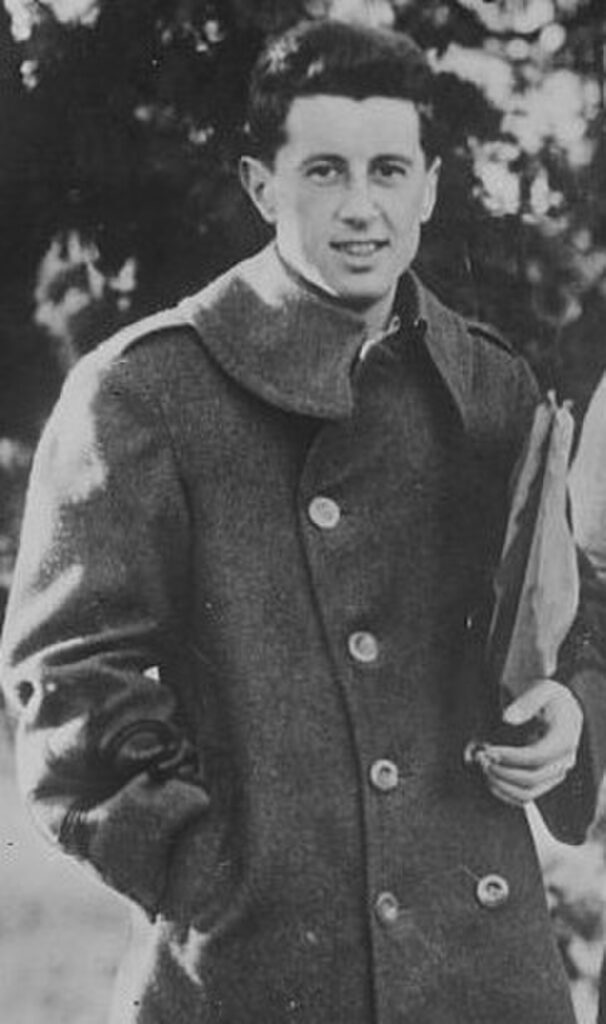
He repeated this process for 4 days until the ship arrived in New York. Even after disembarking the RMS Carpathia, Richard continued his rehabilitation routine, and within a matter of weeks, he was back to playing tennis.
His survival of the Titanic made him a small-time celebrity. He was accepted into Harvard, and 9 weeks after the Titanic had sunk, Richard made his first tournament appearance at the Longwood Bowl Tennis Tournament in Boston.
In a bizarre coincidence, his opponent, Karl Howell Behr, had also survived the sinking of the Titanic. Unfortunately, Richard lost to Karl, but this wouldn’t be the last time the pair would meet.
In 1914, at the US Nationals, Williams and Behr faced off once again; this time, Richard managed to scrape a victory against an old rival.
Despite the long-term damage dealt to his legs, Richard continued playing tennis, and later that year, he won the US Nationals men’s singles. Two years later, in 1916, he captured gold again in men’s singles before picking up doubles wins in 1925 and 1926.
Richard didn’t just dominate the US tennis scene, though and in 1920, he captured gold in the doubles competition at Wimbledon.
In 1924, Richard and his partner Hazel Hotchkiss Wightman would pick up more gold in the mixed doubles matches at the Paris Olympics. His career only went from strength to strength, and he helped Team USA pick up 5 wins in the Davis Cup.

His accomplishments did not stop there, either. When World War I broke out, Richard joined the French Army and fought on the Western Front.
Richard was awarded the Chevalier de la Legion d’Honneur and Croix de Guerre for his bravery and heroic actions during this time.
Life after war and tennis was much quieter for Richard, who eventually settled down in Pennsylvania and became an investment banker. On June 2nd 1968, Richard Norris Williams II, aged 77, died of emphysema.
Richard’s remains were buried at St. David’s Episcopal Church in Radnor, Pennsylvania. His wife, Sue Williams, was later buried alongside him in 2001.
Sources
https://allthatsinteresting.com/r-norris-williams
https://www.encyclopedia-titanica.org/titanic-survivor/richard-norris-williams.html

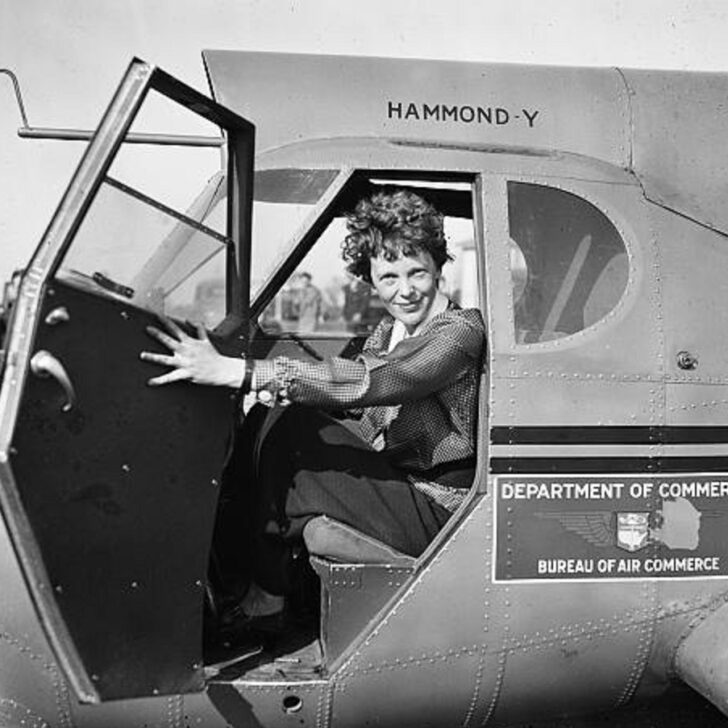

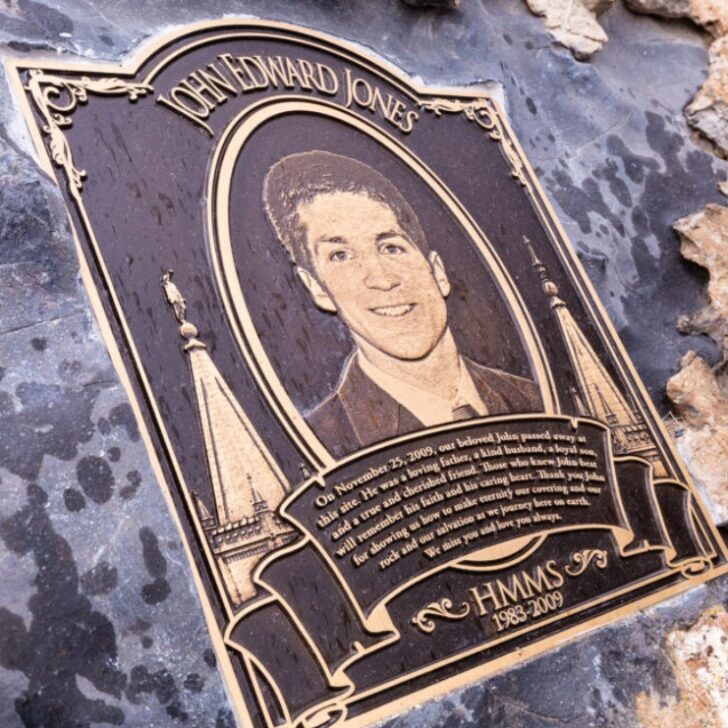
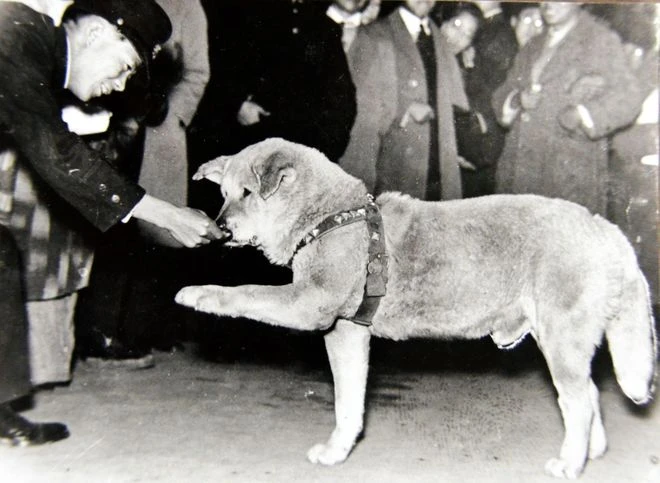

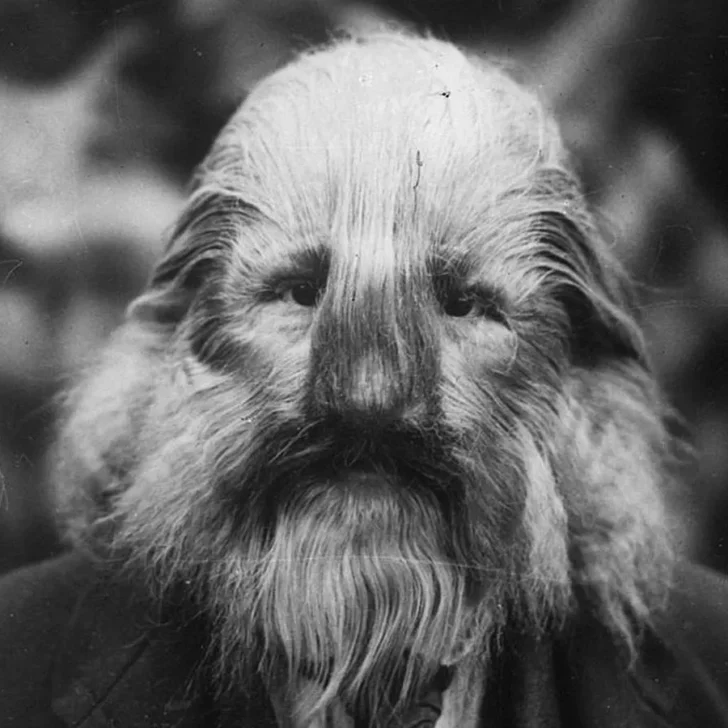


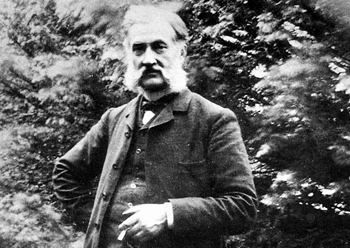



Leave a comment